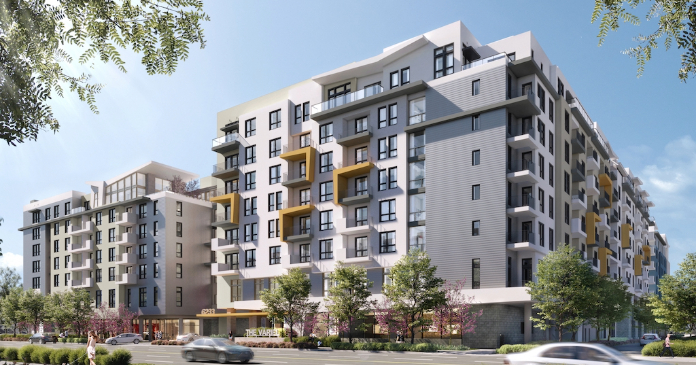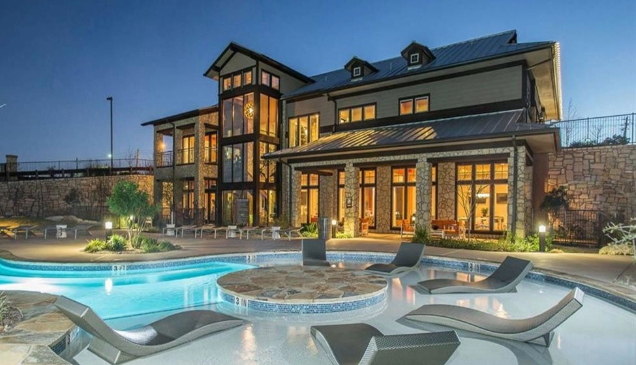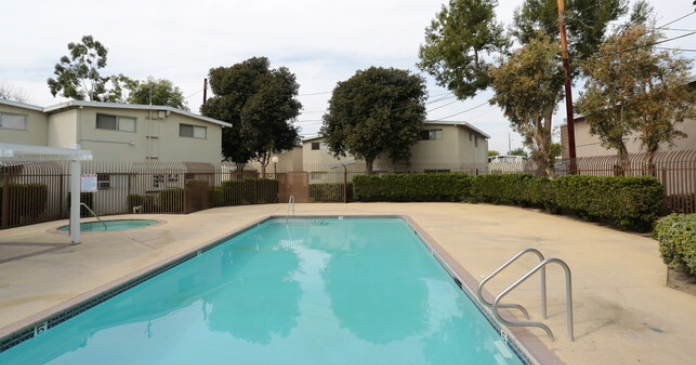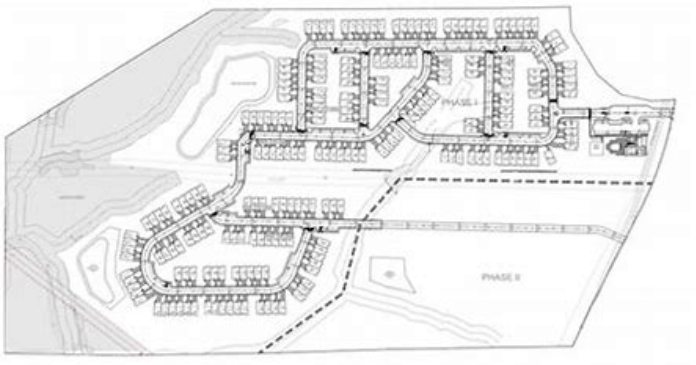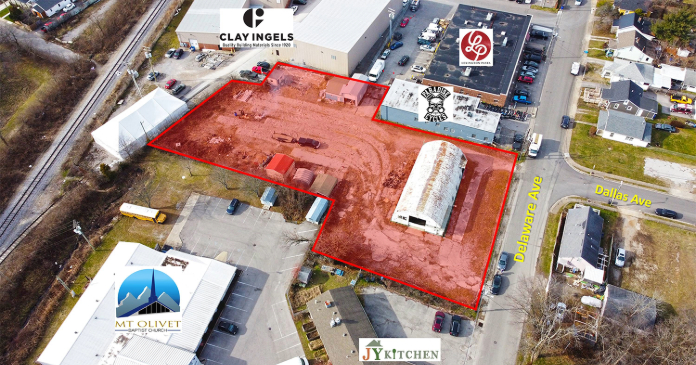National apartment sales in the second quarter of 2010 totaled $7.1 billion, the highest level since late 2008, up 32 percent year over year, according to Marcus & Millichap Research Services. Most of that activity was in primary markets and half of this year’s sales volume occurred in New York, Boston, Chicago, San Francisco and Los Angeles.
In terms of the number of deals up for grabs, California has gone from famine to feast. And, with REITs, institutional and private investors off the side-lines, there appears to be enough demand in the Golden State to absorb the recently delivered supply. From San Diego to the Bay Area, investors hungry for apartment assets are showing up to the bidding table, sometimes 30 or 40 deep.
“In the last few weeks, we’ve seen quite a number of listings that earlier this year we weren’t seeing. In fact, we’ve seen more than we could handle,” said Jason Check, director with Raintree Partners, a Laguna Niguel-based, value-add apartment development and investment firm.
“We are focusing only on things that are of interest to us and not looking outside our core markets at deals that have been recently listed, because we don’t have the time to go after everything that’s on the market right now,” said Check.
Raintree growing
Formed in 2007 by 30-year industry veteran Jeffrey Allen through a merger of interests with J.B. Allen Realty, the development firm Allen launched in 1999, Raintree invests through a partnership with pension fund advisor Evergreen Investment Advisors in assets that have a value-add component.
The company added five rental communities to its portfolio this year, after closing on its first two assets in 2009—the 204-unit Trellis Square in the Silicon Valley’s Sunnyvale sub-market in April and the 168-unit Mountain View in the San Dimas area of the East San Gabriel Valley in December.
Raintree gained economies of scale in the latter market with the acquisition in August of three Class B properties, located within a mile of each other in East San Gabriel Valley sub-markets.
The company paid seller Pacific Property Company a total of $30.6 million for two properties in Claremont, the 84-unit Village at Claremont and the 64-unit Springhill Townhouses, and the 80-unit Southridge Apartments in Pomona, completing due diligence and closing three separate loans, totaling $23.1 million, in approximately 30 days.
“We were the only buyer who considered them a portfolio and bid on all three as a single acquisition,” said Allen.
Within weeks of closing that deal, Raintree acquired an asset in Riverside, then another in San Diego, and expects to close on a couple more in San Diego within the next few months.
The company bought the 25-year-old, 264-unit Boulder Creek in Riverside for $24.6 million, financed with an $18.64 million, 10-year loan from Freddie Mac that carried an interest rate of 4.53 percent.
The seller was San Francisco-based REIT BRE Properties, which took advantage of the cheap debt and favorable cap rate environments to reduce its exposure to the Inland Empire, realizing a $7.8 million gain on the sale. Boulder Creek was one of two Riverside assets the REIT listed for sale to test the waters, planning to reduce the amount of its NOI generated by the market to eight percent from 15 percent over the next two to three years, while focusing on the Bay Area, which it views as more recession-resistant.
Meanwhile, Raintree execs think right-priced and well-located assets in the Inland Empire fit in with their company’s long-term, value-add investment strategy.
“When those kind of companies (REITs) make the corporate level decision to exit a market and scare off a lot of other investors as to why they are actually leaving that market, we are looking at that thinking it may be a good time to get in that market,” said Aaron Hancock, acquisitions director with Raintree Partners.
The Inland Empire’s historical rent growth, which Hancock says was phenomenal in better times, is tied to the single-family housing market. “It’s come down a bit since then, but we think there’s potential to invest and get a really good going-in yield coupled with financing at the lowest rates in history. We don’t buy property indiscriminately in that market. We look at five sub-markets in the Inland Empire. Riverside is one, the Corona market is another, Chino Hills is a third, the Rancho Cucamonga area is a fourth and the Ontario sub-market is the fifth,” said Hancock. By and large, those markets are located up and down the I-15 corridor.
“Riverside is further east from the 15, but it is the county seat and there is a lot of diversity of employment opportunity there and we think long term, that market, and the other four Inland Empire sub-markets we like are going to be good places for us to be,” said Hancock, who expects the Inland Empire will represent about 10 to 15 percent of Raintree’s portfolio, once the remainder of the company’s $200 million of dry powder allocated for acquisition has been deployed.
Two weeks after closing in Riverside, Raintree paid $68.2 million to an institutional seller for the 22-year-old, 302-unit Trieste Apartment Villas in San Diego’s prestigious La Jolla area near the University of California at San Diego and University Town Center, located in one of the country’s largest employment corridor.
Fannie Mae provided 10-year, fixed-rate financing of $44.5 million with an interest rate of 4.18 percent—the lowest Allen has seen in his 30-year real estate career—with 2.5 years of interest-only and then a 30-year amortization.
Raintree’s value-add program for the property includes unit upgrades, renovation of the existing clubhouse, fitness center improvements, relocation of the leasing office and improved landscaping and signage.
All Raintree’s recent acquisitions were at least 95 percent occupied at close of escrow and the company will focus on maintaining those occupancy levels for the next two or three years before employing its value-add strategy.
“Around 2012 or 2013 is when we plan to look at programmatically refurbishing these units. That’s when we think we will be in a position to generate the incremental growth we need to justify the expense of that value-add rehab program,” said Allen.
When the party’s over
Raintree is in the nascent stages of deploying its investment capital, about 40 percent of the way through its $200 million equity commitment, and expects to take advantage of the current abundant deal flow as long as interest rates remain low.
“We like positive spread investing where financing rates are less than the NOI yield on any given project. If we can finance a property at an interest rate less than the NOI yield, it helps us meet our investment yield requirements.
“Taking a step back, we started life in late 2007, watched the market unravel in 2008 and started to acquire in 2009 and wish in hindsight that we’d really invested all the money we had in 2009, because pricing since then has gotten a lot more aggressive as the economy has, hopefully, started to recover,” said Check.
Now he worries that the current low-interest-rate environment is artificially inflating prices. “Unfortunately, I think cap rates have come down commensurate with interest rates, and we are concerned about how long this low-interest-rate environment can exist and we want to ensure we don’t get over our skis in bidding on acquisitions,” he said.
Most investors have accepted that the long-anticipated avalanche of distressed properties might never materialize. With much of the capital previously earmarked for distressed deals now targeting stabilized assets and driving up competition, cap rates are compressing. In 2009, Raintree competed against five or six other bidders, but today is seeing 30 or 40 bidders competing for the good quality assets.
“Two years ago, I would have bet my bottom dollar that we would be seeing a lot of distress in the marketplace this year and a lot of really deeply discounted properties to buy, and I was dead wrong. That flow of distressed property sales just never occurred,” said Allen.
So when will the buying party end? Will compressing cap rates push prices so high that deals stop making sense?
Allen believes it will be rising cap rates, which will follow upward pressure on interest rates, that eventually will put a damper on the current buying spree. “The ten-year Treasury bill got down to about 2.42 percent in late August, down from around 4 percent in April. In 2006 through the fall of 2007, before it appeared the world was falling apart, the 10-year Treasury bill bounce around 4.5 percent and five percent. I don’t think interest rates are going to stay as low as they are today for years on end.
“At some point, rates are going to rise and, at that point, when rates start to progressively increase, my guess is we are going to see a pull back in activity. One of the reasons I believe there has been so much seller activity and buyer activity chasing that seller activity is that interest rates have gotten down to a level where buyers can attractively finance properties, even at low cap rates.
“If that dynamic changes and interest rates go back up again, cap rates have to follow. And if higher cap rates translate into a diminution of market prices, which should be the case in a stable rent environment, then prospective sellers may lose interest in selling. As soon as we see sustained increases in the 10-year Treasury bill, pull-back in the number of transactions would not surprise me at all,” said Allen. “Of course, if sustainable rent happens at the same time, then all bets are off.”
Author Wendy Broffman






